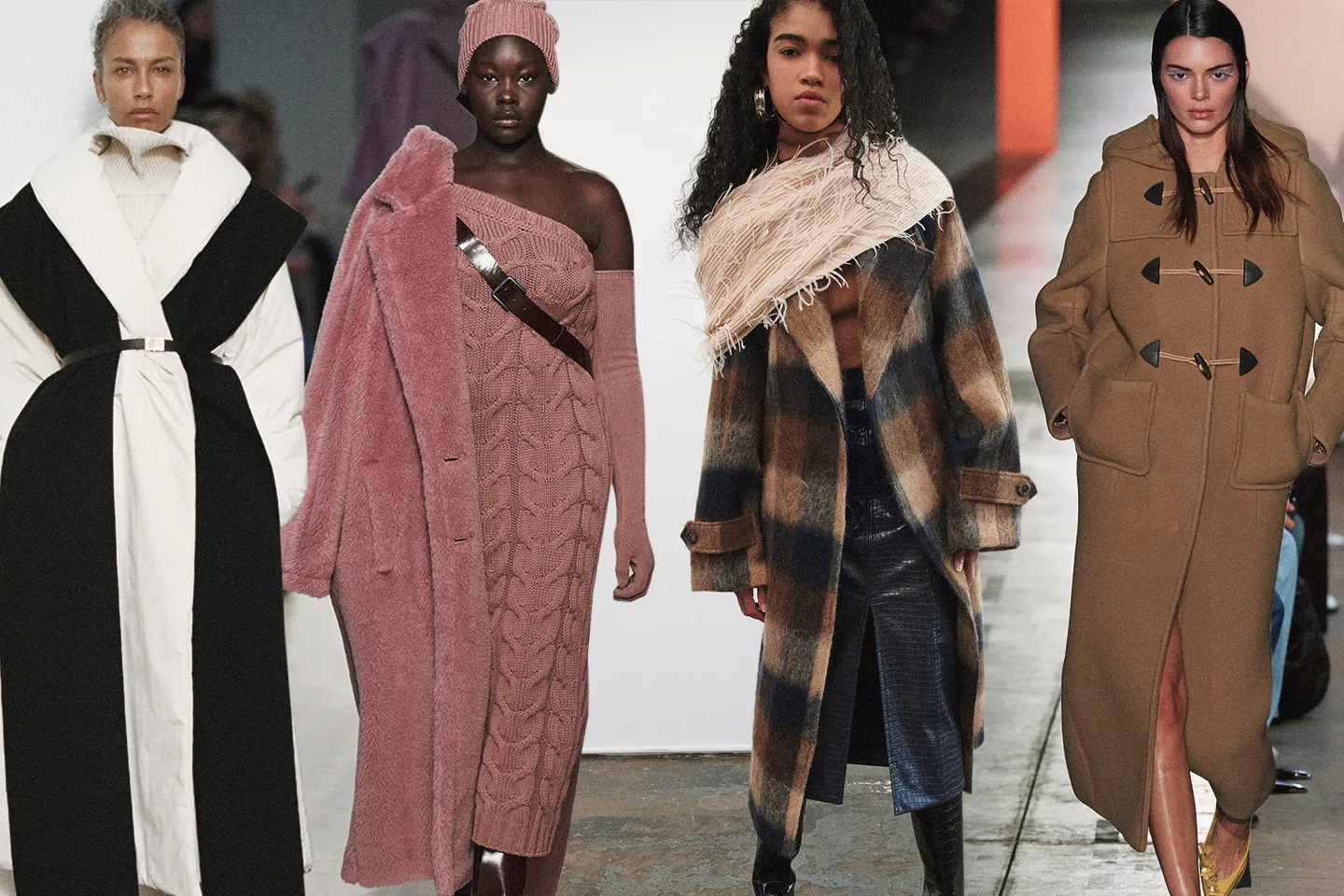Title: Stylish Sustainability: Eco-Friendly Practices in Outerwear Manufacturing
Introduction:
As awareness of environmental issues grows, the fashion industry is undergoing a paradigm shift towards more sustainable practices. Outerwear, essential for protection against the elements, is no exception. Manufacturers are increasingly embracing eco-friendly materials, ethical sourcing, and innovative production methods to create stylish outerwear while minimizing environmental impact. This article explores the growing trend of sustainability in outerwear manufacturing and the innovative practices shaping the industry.
Utilization of Eco-Friendly Materials:
One of the key pillars of sustainable outerwear manufacturing is the use of eco-friendly materials. Traditional outerwear fabrics like polyester and nylon, derived from non-renewable resources, are being replaced with sustainable alternatives such as organic cotton, recycled polyester, and plant-based fibers like hemp and bamboo. These materials reduce reliance on fossil fuels, minimize waste, and lower the carbon footprint of outerwear production.
Innovative Recycling Initiatives:
Many outerwear manufacturers are implementing innovative recycling initiatives to minimize waste and extend the lifespan of materials. This includes upcycling post-consumer waste, such as plastic bottles and discarded garments, into new fabrics for outerwear production. Additionally, closed-loop manufacturing processes ensure that materials are recycled and reused at the end of a garment’s life cycle, reducing the amount of textile waste sent to landfills.
Ethical Sourcing and Production:
Sustainability in outerwear manufacturing extends beyond materials to encompass ethical sourcing and production practices. Manufacturers are increasingly prioritizing fair labor practices, ensuring that workers receive fair wages, safe working conditions, and respect for their rights. By partnering with ethical suppliers and production facilities, outerwear brands uphold social responsibility while delivering high-quality products to consumers.
Water and Energy Conservation:
Outerwear manufacturing often requires significant water and energy resources, contributing to environmental degradation. To mitigate this impact, manufacturers are implementing water-saving technologies, such as waterless dyeing processes and closed-loop water systems, to minimize water consumption and pollution. Similarly, energy-efficient production methods, such as solar-powered factories and LED lighting, reduce the carbon footprint of outerwear manufacturing operations.
Innovative Design and Durability:
Sustainable outerwear goes beyond eco-friendly materials and production processes to prioritize longevity and durability. By designing high-quality garments that withstand the test of time, manufacturers reduce the need for frequent replacements, thereby minimizing waste and resource consumption. Innovative design features, such as modular components and repair-friendly construction, further extend the lifespan of outerwear, promoting a culture of reuse and repair.
Consumer Education and Transparency:
Finally, consumer education and transparency play a crucial role in promoting sustainable outerwear practices. Manufacturers are increasingly transparent about their supply chains, manufacturing processes, and environmental impact, allowing consumers to make informed purchasing decisions. Through educational initiatives and transparent communication, outerwear brands empower consumers to support sustainability and make conscious choices that align with their values.
Conclusion:
In conclusion, the shift towards sustainability in outerwear manufacturing represents a positive step towards reducing the fashion industry’s environmental footprint. By embracing eco-friendly materials, innovative recycling initiatives, ethical sourcing and production practices, water and energy conservation efforts, and durable design principles, manufacturers are reshaping the outerwear landscape for the better. With consumer education and transparency, sustainable outerwear becomes not only a stylish choice but also a responsible one, ensuring a greener and more ethical future for the fashion industry.



